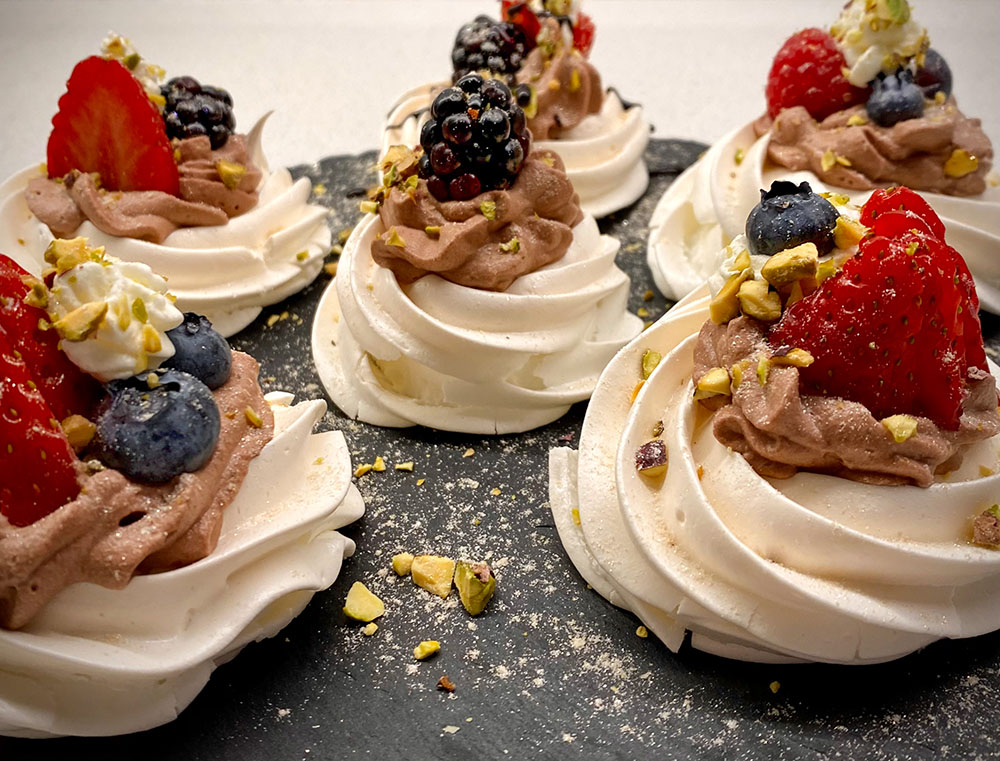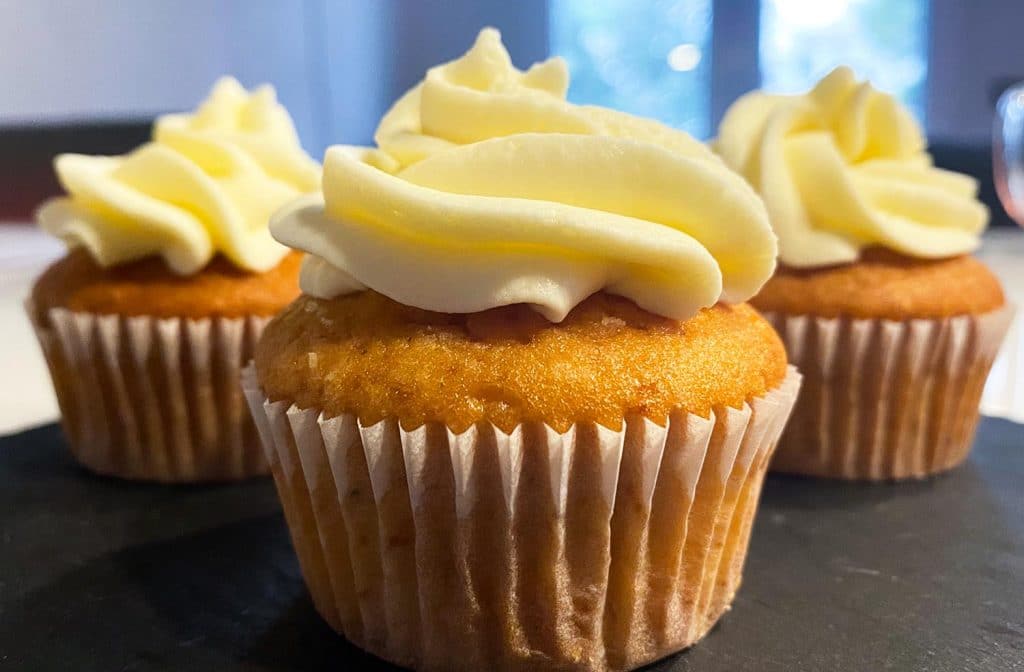Technically, white chocolate isn’t real chocolate. It is a combination of milk, sugar, cocoa butter, vanilla, and fat, making it have a low melting point, unlike dark and milk chocolate. It burns at about 110 degrees Fahrenheit (44 degrees Celsius). That’s why you need to have extra loads of patience and be careful not to burn it. You won’t want scorched chocolate!
Melting White Chocolate
To use white chocolate for toppings and coating, you should prepare proper equipment and knowledge. A microwave and a double-boiler are the best equipment for melting white chocolate, although if you don’t have a double-boiler or familiar with it, you can make one!
- Using a Double-boiler. This is a method that had been used for ages and is preferred by many. Also known as a bain-marie, a double-boiler consists of two saucepans where the contents of the upper are being cooked or heated by boiling water in the lower. If you don’t have one, get a small or medium saucepan and a heat-proof bowl that fits on the top. Fill the lower part with a small amount of water that won’t touch the bowl.
Steps on how to melt the white chocolate using a double-boiler:
- Chop the white chocolate into pieces. Use a sharp kitchen knife and cut the white chocolate. You can also use your bare hands to break the chocolate or a box grater to turn it into shreds. If you already have chocolate chips, then you can meet them right away.
- Boil water. Fill the bottom half with water and heat it over medium-high heat. Wait for it to boil. Remember that the water must not meet the top part. To test, remove the upper level and check for moisture. If water is splashed into it, decrease the water level and try again.
- Heat the white chocolate. Reduce heat to low. Add the finely-chopped white chocolate on the top part. Stir gently and continuously until there are only a few lumps left. Prevent any liquid or steam from getting in it, as this can make the chocolate bumpy. The spoon for stirring should also be dry and is preferably metal as it is less likely to retain moisture. Avoid covering the double-boiler as condensation can occur, which can ruin the chocolate once condensed water drops in it. If you need to add other ingredients, such as food coloring, it is best to add it before melting the chocolate.
- Finish. Transfer the melted white chocolate to a heat-resistant bowl and continue stirring. Stubborn lumps can still melt from the remaining heat.
- Using a Microwave. A more available piece of equipment in the household is a microwave, and even though many are dubious, it can be as effective in melting white chocolate when used accordingly.

Steps on how to melt the white chocolate using a microwave:
- Chop the white chocolate into pieces. Like in the double-boiler method, finely chop the white chocolate first but place it into a microwave-safe bowl. You can also use a box grater or your bare hands to shred and break it.
- Adjust power. Set the microwave at 50% power rather than melting the white chocolate at its maximum heat. This is to prevent the white chocolate from overheating, which makes it grainy and lumpy. Remember to observe it because it is hard to monitor white chocolate in a microwave than in a double-boiler.
- Heat the white chocolate. Heat it for 30 seconds, take it out, and stir. I know the chocolate does not look melted yet but check its temperature before putting it back in the microwave. As a test, touch the chocolate with clean hands and compare its warmth to your bottom lip. It should be not warmer than the inside of your bottom lip.
- Heat the white chocolate more. Continue heating the chocolate in 30-second intervals with 50% power. Stir it for a minute. Repeat this until the white chocolate melts. If you want to be on the safe side, try doing it in 15-second intervals. After doing this, you can leave the remaining bits to melt on the remaining heat.
Salvaging White Chocolate
In some cases that melted white chocolate turns into a grainy and lumpy mixture, there are still ways to save it. Here are some:
- Add a small amount of butter or shortening. The butter or shortening creates a more manageable and smoother consistency in the chocolate. Add one teaspoon (5ml) at a time to avoid overdoing it. You can also use flavorless vegetable oil, warm milk, or warm cream but make sure that all liquids you are going to add are warm. Cold liquids can worsen the white chocolate’s state. Stir it continuously.
- Use it for other recipes instead. Although lumpy white chocolate can feel like a loss, you can still use it for drizzles or ingredients for frostings, batters and sauces.
Melting white chocolate doesn’t have to be that hard. Equipping yourself with the right equipment and the right attitude makes up the most of it. Enjoy using the most out of your white chocolates at home and make delicious pastries with them.
More Pastry Techniques and Recipes:




